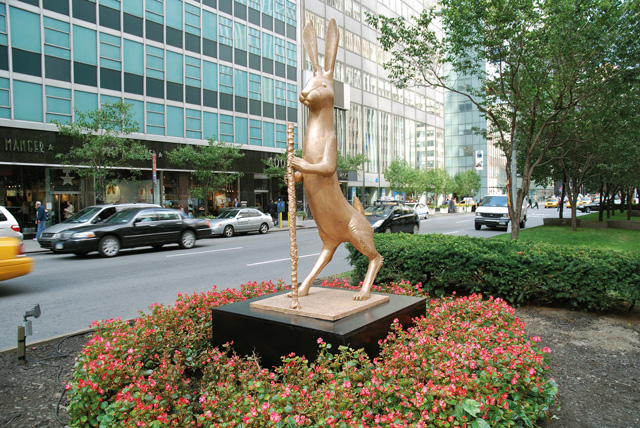Art Column
FRANÇOIS-XAVIER & CLAUDE LALANNE - The Nature in the Art of Living
Iris Chen / Ravenel Quarterly No. 26 Autumn 2018 / 2018-10-18
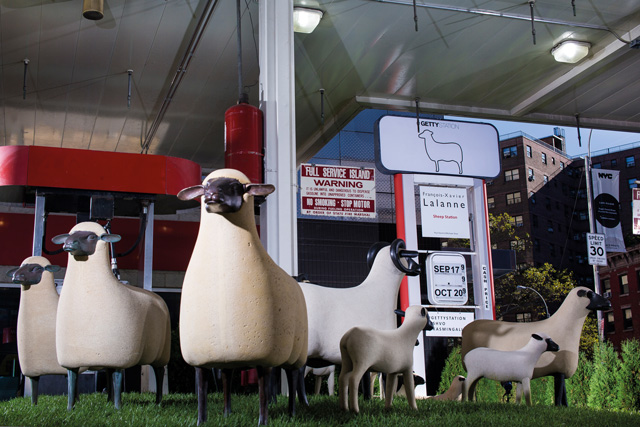
“They are Not Furniture, They are Not Sculpture — Call Them ‘Lalannes.'"
- Claude LALANNE
The use of natural elements to shape out a distinct and unique style introduces beauty and whimsy to the creation. When the "art of living" is regarded by artists as the utmost standard, they leave behind a series of magnificent works that are refined and close to everyday life. Such is the embodiment of the "Lalanne" spirit.
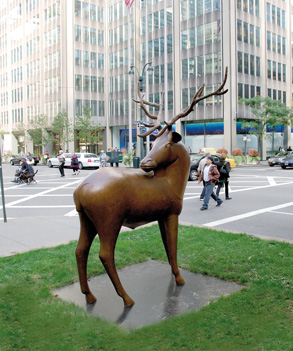
The story's origin takes place in Impasse Ronsin. It is where sculpture master Constantin Brâncuşi turned a nondescript alleyway in Montparnasse, Paris into an artistic haven, attracting artists such as Les Lalanne, Niki de Saint Phalle, Max Earst, and Jean Tinguley. Endless art were bred in this hidden artistic community. Despite a lack of material well-being, there was no shortage of inspiration. During the booming period of Pop Art, Les Lalanne dedicated their twenties to an introspective inquiry about the role of art in human life.
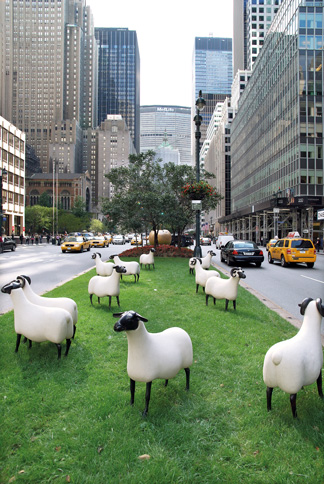
As a contemplation on the woolen clothes worn by modern people and the absence of sheep in the living room or even on the streets of the city, FrançoisXavier Lalanne's famous "Sheep Series" was unveiled at the 1965 Youth Art Salon. Twenty-four fluffy copper sheep chairs are titled Pour Polytheme, which comes from the story of Homer's epic Odyssey. The humorous display was a stunning act that drew smiles from the viewers. Since then, fashion masters and Hollywood stars were eager to order the sheep stool of Lalanne. In 2013, New York's Manhattan art project Getty Station added grass turf and a flock of sheep to the cement jungle gas station. The conflicting and cute image attracted pedestrians to stop and take photos.
Sculptural art echoes the characteristics of the environment, and it enables the art of Les Lalanne to expand into public space and communicate with the public. At Japan's Hakone-Sculpture Mori Art Museum The open-air display fountain La Pleureuse, a large white stone statue with green leaves, is perfectly combined with the surrounding trees. Running water flows out of the corner of the eye, reflecting the pond at the front. The work is poetic and gives the imagination of human emotions. The private collectors who love both artists are spread all over the world, and the works are also exhibited in international art galleries such as the Pompidou Art Center, the Museum of Modern and Contemporary Art in Nice, and the Hewitt Design Museum in New York.
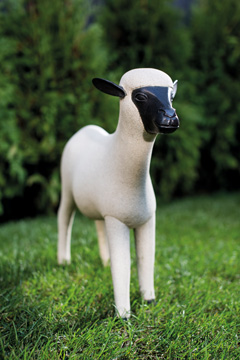
The epoch-making Les Lalanne couple pays the same attention to subtle jewelry decorations as they do to public installations. The unchanging spirit of the two is that art needs to interact with the physical space. Whether material or conceptual, the creation is explored from the word "natural". As opposed to traditional art, which is often limited to viewing and prohibited to be touched, there is a casualness that inadvertently attracts one to reach out and feel the unconventional work. The unpretentious fusion in their creation is the art of the deep thinking and way of life.
